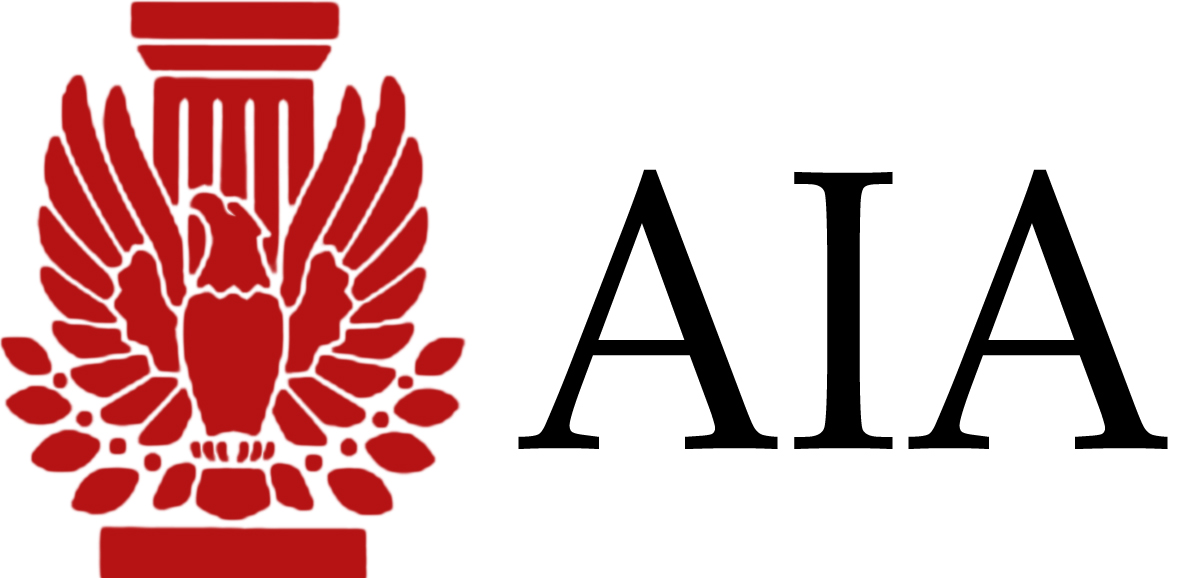Even with the myriad of obstacles preventing a full scale recovery for the overall U.S. economy, the design and construction industry appears to have reasons to be at least modestly optimistic in the coming months and into next year.
A sharp spike in demand for industrial facilities so far this year, along with sustained demand for hotels and retail projects factors into what projects to be a 4.4% rise in spending this year for nonresidential construction projects – up from a projection of a 2.1% increase in the January Consensus Forecast.
The American Institute of Architects (AIA) semi-annual Consensus Construction Forecast, a survey of the nation’s leading construction forecasters, also projects a 6.2% increase of spending in 2013.
“With companies looking to bring back manufacturing jobs from overseas, there has been a sharp rise in demand for industrial facilities, which is leading to an upward revision in projections for future construction spending,” said AIA Chief Economist, Kermit Baker, PhD, Hon. AIA. “Continued budget shortfalls at the state and local level, along with a depressed municipal bond market are holding the institutional market back from seeing similar upticks in spending.”
|
Market Segment Consensus Growth Forecasts |
2012 |
2013 |
|
Overall nonresidential |
4.4% |
6.20% |
|
Commercial / industrial |
5.7% |
10.20% |
|
Industrial |
12.9% |
8.10% |
|
Hotels |
9.5% |
18.20% |
|
Retail |
6.2% |
9.00% |
|
Office buildings |
4.7% |
8.70% |
|
Institutional |
0.7% |
3.00% |
|
Healthcare facilities |
4.0% |
7.50% |
|
Education |
0.3% |
1.10% |
|
Amusement / recreation |
0.1% |
2.30% |
|
Public safety |
0.0% |
0.10% |
|
Religious |
-5.0% |
3.00% |
Remarking on what risks exist that could undermine these projections, Baker added, “Federal tax and spending changes – the so-called fiscal cliff – that may come into play in early 2013 could upset the economic applecart and prove detrimental to recovery possibilities. We will likely have a better sense after the presidential election what will happen with regards to the Bush-era tax cuts, Social Security payroll tax, extended unemployment, and deficit reduction plans that will have a ripple effect that will extend to the construction industry.” +
Related Stories
Architects | May 20, 2016
NCARB survey indicates continued growth of U.S. architects
The number of U.S. architects surpassed 110,000 in 2015, a 2% increase from the previous year.
Multifamily Housing | May 19, 2016
Architect Jean Nouvel designs flood-resilient Monad Terrace in Miami Beach
A man-made lagoon with lush vegetation at the base of the complex is expected to adapt to climate change and rising sea levels.
Building Team Awards | May 19, 2016
Chinatown library unites and serves two emerging Chicago neighborhoods
The 16,000-sf, pebble-shaped Chinatown Branch Library was built at the intersection of new and old Chinatown neighborhoods. The goal is for the building to unite the communities and serve as a catalyst for the developing area.
Building Team Awards | May 19, 2016
NYC subway station lights the way for 300,000 riders a day
Fulton Center, which handles 85% of the riders coming to Lower Manhattan, is like no other station in the city’s vast underground transit web—and that’s a good thing.
Market Data | May 17, 2016
Modest growth for AIA’s Architecture Billings Index in April
The American Institute of Architects reported the April ABI score was 50.6, down from the mark of 51.9 in the previous month. This score still reflects an increase in design services.
Architects | May 16, 2016
AIA and HOK partner to advance Design and Health Research Consortium
The groups' key priority is to identify and develop practice-focused opportunities for funded research, publications, and tools in the area of design and public health.
Senior Living Design | May 16, 2016
Perkins Eastman releases white paper on biophilic design in senior living
The paper highlights some of the firm's top projects that feature biophilic design, a sustainable architecture strategy that connects people with nature.
Architects | May 16, 2016
3 strategies to creating environments that promote workplace engagement
VOA's Pablo Quintana writes that the industry is looking for ways to increase engagement through a mix of spaces suited to employees' desire for both privacy and connection.
Architects | May 11, 2016
AIA to create a resilience curriculum for architects
The program will teach resilient design and decision-making on hazard mitigation, climate adaptation and community resilience.
Retail Centers | May 10, 2016
5 factors guiding restaurant design
Restaurants are more than just places to eat. They are comprising town centers and playing into the future of brick-and-mortar retail.

















